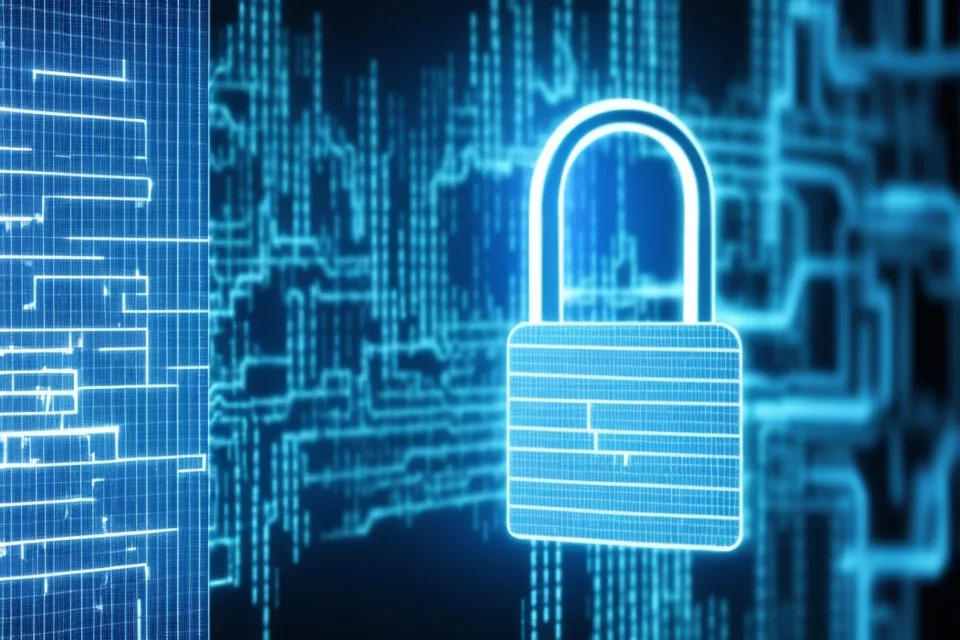“Mounting” and “unmounting” file systems is critical to managing and accessing data stored in different storage devices, such as hard drives, USB drives, or network storage. In this blog, we’ll go over the basics of mounting and unmounting file systems in Linux, including some practical use cases and tips.
What is a Mounted File System?
A mounted file system is a file system that has been attached to the file hierarchy of a Linux system at a specific point, known as a mount point. This mount point acts as an access point to the file system, allowing users to read and write data stored in the file system.
Prerequisites
Before we dive into the specifics of mounting and unmounting file systems, there are a few things you should know:
- Familiarity with the Linux command line and basic file system concepts.
- Root or superuser privileges, which you can gain by running the
sudocommand.
View Disks & Partitions
To view the partitions and disks in Linux, you can use the lsblk command. The lsblk command lists all of the block devices, including hard disk drives, removable devices, and virtual disk devices, in a tree-like format.
Here’s an example:
$ lsblk
NAME MAJ:MIN RM SIZE RO TYPE MOUNTPOINT
sda 8:0 0 100G 0 disk
├─sda1 8:1 0 100G 0 part /
└─sda2 8:2 0 512M 0 part [SWAP]
sdb 8:16 0 500G 0 disk
sr0 11:0 1 1024M 0 rom
The lsblk command provides information about each device, such as the name (NAME), major and minor device numbers (MAJ:MIN), and the type of device (TYPE). If the device is a disk, it may have one or more partitions, which are listed as child nodes in the tree. The MOUNTPOINT column shows the mount point for each device that is currently mounted.
You can also use the fdisk or parted command to show more detailed information about the partitions and disks on your system. These tools allow you to create, delete, and resize partitions, among other tasks.
Mounting File Systems
To mount a file system, you will use the mount command. This command takes the following syntax:
mount [OPTIONS] DEVICE MOUNTPOINT
Where:
OPTIONS: Additional options for mounting the file system, such as read-only mode or specific file system type.DEVICE: The device or file representing the file system, such as a hard drive or a network storage device.MOUNTPOINT: The directory where the file system will be mounted, such as/mnt/.
When the file system is mounted, the MOUNT_POINT becomes the root directory of the mounted file system.
As an example, to mount the /dev/sdb1 file system to the /mnt/media directory, you can use the following command:
sudo mount /dev/sdb1 /mnt/media
In most cases, when mounting a device with a common file system such as ext4 or xfs, the mount command will automatically detect the file system type. However, some file systems are not recognized and need to be explicitly specified.
To specify the file system type, use the -t option:
mount -t TYPE DEVICE_NAME MOUNT_POINT
Examples of Linux Disk Partitions
Linux disk partitions are represented by device names such as /dev/sda1 and /dev/sdb1. The first part of the device name (sda or sdb) represents the device itself, while the second part (1) represents the partition number.
Here are a few examples of Linux disk partitions:
/dev/sda1 # First partition on the first hard drive
/dev/sdb2 # Second partition on the second hard drive
/dev/sdc3 # Third partition on the third hard drive
You can determine which device represents your USB drive by using the lsblk command.
Unmounting File Systems
To unmount a file system, you will use the umount command. This command takes the following syntax:
umount MOUNTPOINT
Where MOUNTPOINT is the directory where the file system is mounted.
Here’s an example of how you can unmount the USB drive:
sudo umount /media/usb
Unmounting USB Drive
To unmount a USB drive, you can use the following commands:
sudo umount /dev/sdx # replace x with your USB disk partition
sudo umount /dev/sdb1
Practical Use Cases
Mounting and unmounting file systems are critical tasks for managing data in Linux. Here are a few practical use cases to illustrate the importance of this concept:
- Accessing data stored on a disk image: You can mount a disk image (e.g. ISO) and access its data without having to copy it to your hard drive.
- Sharing data over a network: You can mount a network storage device to a directory on your Linux system, allowing other systems to access the data stored on the device.
- Backing up data: You can mount a hard drive or network storage device, copy data to the device, and then unmount the device to safely remove it from your system.
5 Tips for Mounting & Unmounting File Systems in Linux
- Make sure to unmount a file system before physically removing the device from your system.
- Use the
lsblkcommand to determine which device represents the file system you want to mount or unmount. - Always use the
sudocommand when mounting or unmounting file systems to ensure that you have the necessary privileges. - Use the
ooption with themountcommand to specify additional options, such as the file system type or mounting the file system in read-only mode. - Consider using the
/etc/fstabfile to automatically mount file systems at boot time. This file lists all of the file systems that should be mounted and the options used to mount them.
Summary
In this blog, we covered the basics of mounting and unmounting file systems in Linux. We went over the syntax of the mount and umount commands, provided some practical use cases, and offered five tips to help you effectively manage your file systems.
Next, you might want to explore the various file system types supported by Linux, such as ext4, NTFS, and FAT32. You can also learn more about managing disk partitions and file systems in Linux, including creating and formatting file systems.
Challenge
Try mounting a USB drive or network storage device to your Linux system and practice accessing and manipulating the data stored in the file system. Then, unmount the file system and remove the device to test your understanding of this concept.



